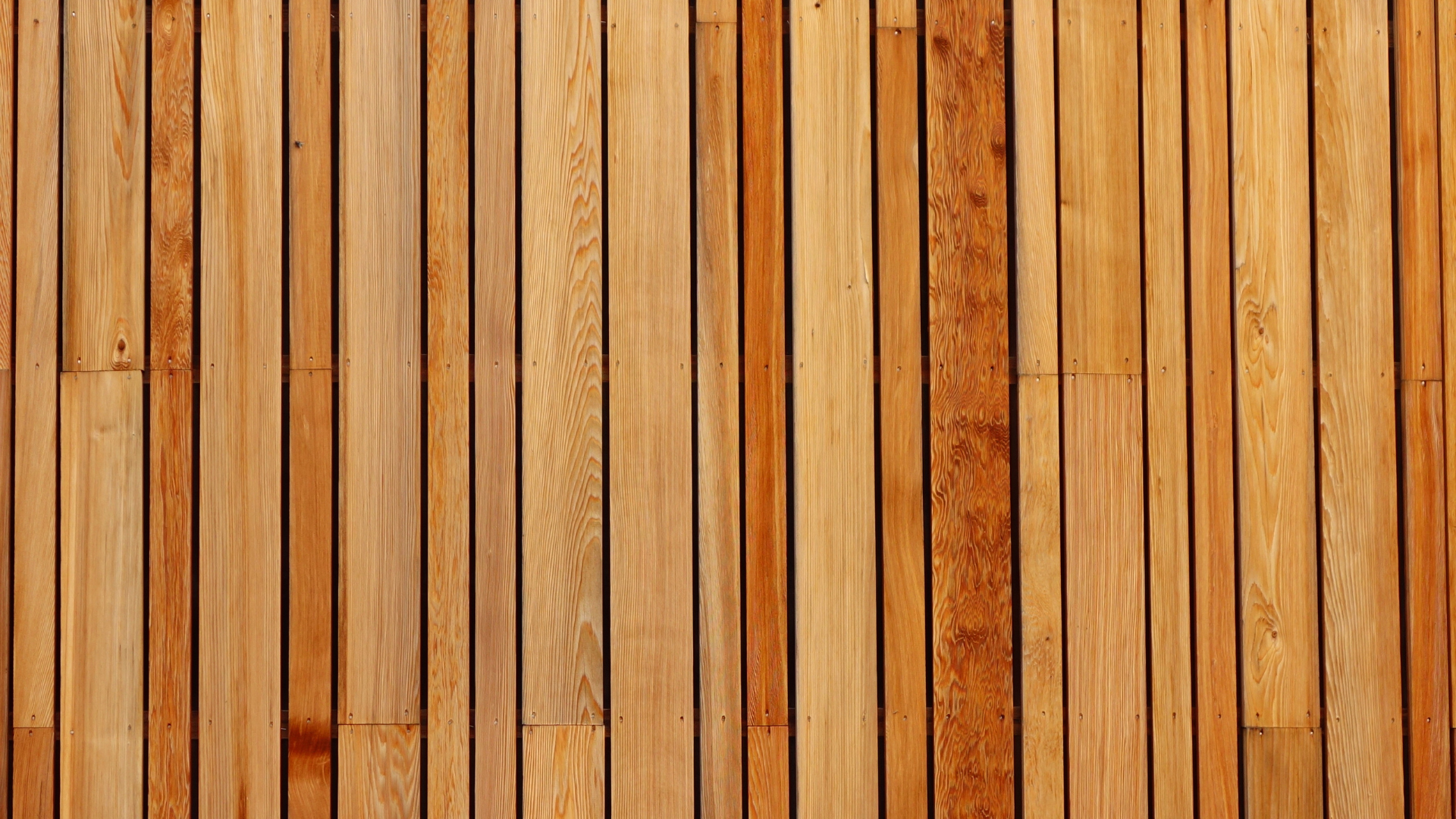Cladding is the secret ingredient that elevates architectural designs to new heights. From modern skyscrapers to rustic garden sheds, it’s an essential element – and in this blog, we’ll explain why.
Understanding Cladding in Building
Exterior cladding refers to the external layer or covering that envelops a structure. In the context of building, it provides protection, insulation, and aesthetic enhancement. It acts as a shield, safeguarding buildings from weather, moisture, and pollution.
By serving as a protective layer, cladding prevents water ingress. This helps the structural integrity of the building. Moreover, it acts as a barrier against rain, snow, and wind.
Cladding helps to regulate the internal temperature, contributing to energy efficiency, to add. It reduces heat transfer during hot summers and retains warmth in colder months.
Types of cladding materials
Common types of cladding materials include brick, stone, metal, wood, and composite materials.
- Brick cladding offers durability, fire resistance, and a timeless aesthetic appeal.
- Stone cladding adds a touch of elegance and natural beauty to buildings. Most used are granite or limestone.
- Metal cladding is known for its durability, lightweight nature, and versatility. Mostly in aluminium or steel form.
- Wood cladding brings warmth and a rustic charm to structures. However, it requires proper maintenance to ensure longevity. At TimberX, we provide the best timber cladding in the business.
Installation techniques
Curtain wall systems are a popular installation method. This method involves the attachment of cladding panels to a supporting structure. It creates an external wall with a cavity between the cladding and the building envelope.
Meanwhile, rainscreen cladding involves the installation of an outer cladding layer. It provides protection from rain while allowing ventilation and moisture drainage.
Proper installation techniques are crucial to ensure durability and longevity. Precise installation, including adequate sealing and weatherproofing, prevents water infiltration and potential damage. Adherence to manufacturer guidelines, industry standards, and building codes is essential.
Cladding in Construction
Cladding protects buildings like a shed from moisture and weather-related damage. This is particularly important in regions with:
- frequent rainfall
- high humidity
- extreme weather conditions
Waterproofing cladding systems are designed to withstand the impact of harsh elements. These include rain, snow, and wind-driven moisture. Properly installed cladding prevents water from penetrating the building envelope. It minimises the risk of rot, mould, and structural deterioration. By keeping the interior dry, cladding safeguards the integrity of the building.
Furthermore, weather resistance is of utmost importance in areas prone to the following:
- hurricanes
- storms
- extreme temperature variations
Robust cladding materials and systems can withstand these harsh conditions. They protect the building and its occupants from potential damage.
Thermal and acoustic insulation
Cladding systems contribute to both thermal and acoustic insulation in buildings.
Thermal insulation works by reducing heat transfer. It helps maintain a comfortable indoor temperature. What’s more, it reduces the reliance on mechanical heating and cooling systems. The reduced heat loss in winter and heat gain in summer help improve the energy efficiency of a building.
In addition to thermal insulation, cladding can provide acoustic insulation. This means it reduces the transmission of sound from the exterior to the interior of a building. This is particularly important in urban areas or near noisy environments. Sound-absorbing cladding materials can help create a quieter and more peaceful indoor environment.
Design and aesthetics
Beyond its functional properties, cladding also enhances the visual appeal of buildings. Cladding offers a wide range of design possibilities. Different cladding materials can be selected to achieve specific aesthetic effects.
The texture and pattern of the cladding add depth and visual interest to the building’s exterior. Additionally, cladding can be used to emphasise specific architectural features. Or for creating unique design elements, such as undulating forms or dramatic angles.
Round-up
Timber cladding has the power to elevate buildings to new heights – both in functionality and beauty. Understanding its importance can help you make an informed decision when:
- investing in a new garden building
- building or renovating a house
- ordering custom orders at TimberX for your timber projects
The next time you admire a building’s facade, remember the crucial role that cladding plays! Find out more about cladding with helpful guides on the uses of cladding and our complete guide to cladding.
